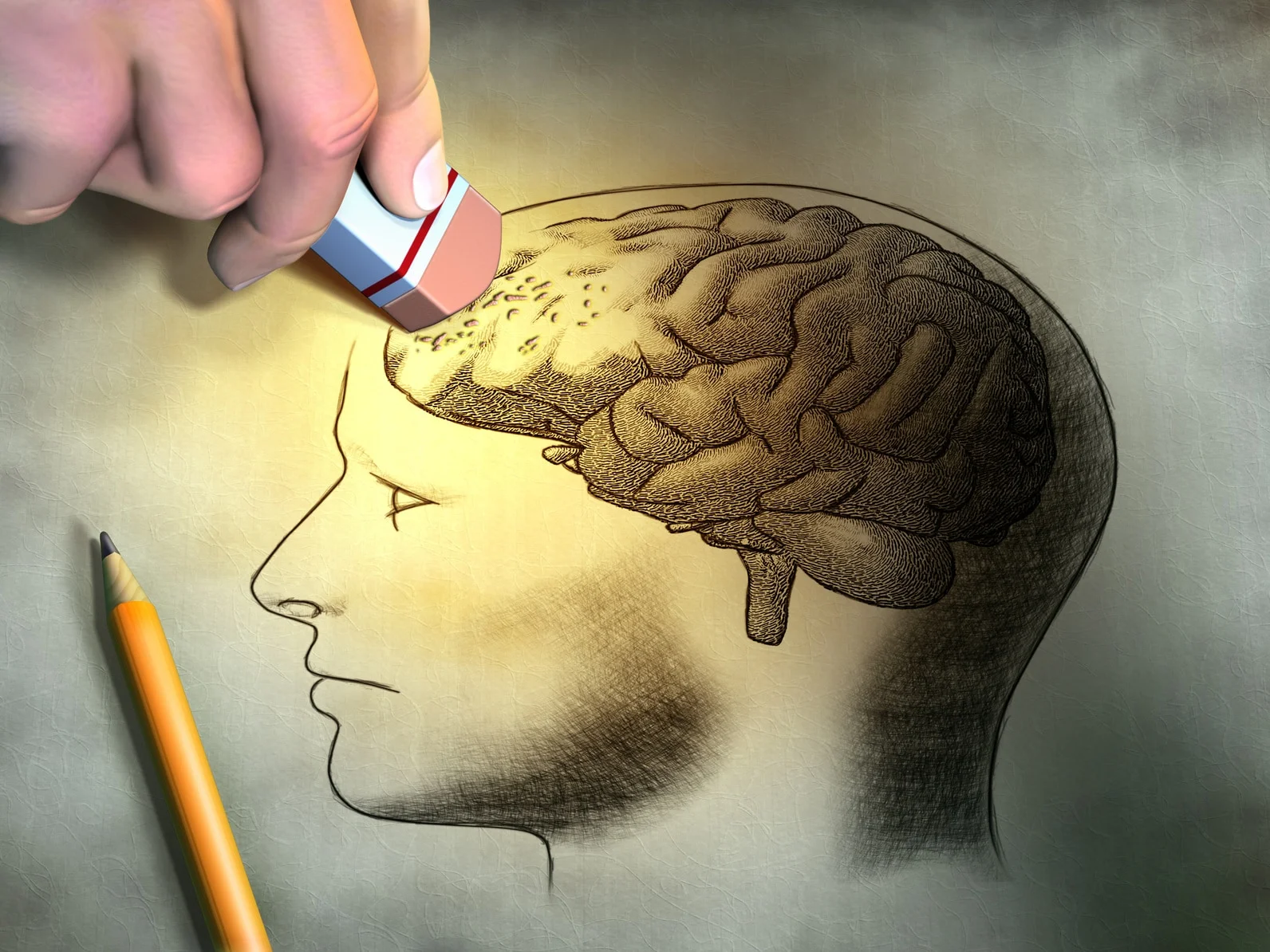Nowadays even a Masters degree doesn’t grant you a round of applause. It seems like the pressure is only increasing to acquire as many degrees, diplomas and certifications as possible in order to stay competitive, sharp and ready for an unknown tomorrow. However, when it comes to heart intelligence what we actually need to start doing is unlearning everything we’ve been taught.
Have you ever noticed what an awareness children have about their bodies from a very young age? Even before being able to speak, children have an incredible capacity to sense through smell, touch, temperature and sound. Their ability to rapidly connect with other children is incredible when compared to the amount of time it can sometimes take adults to connect. As we get older, mainstream schooling focuses our attention more and more on our cognitive capacities, placing emphasis on intellectual intelligence over emotional and somatic intelligence. As a result, we start interpreting the world around us only through facts, judgments and rational thinking. We start losing the capacity to really feel and sense our surroundings through our hearts. In fact, most of us completely shut off our physical sensing capacity and spend time in busy cities, crowded subways and packed elevators trying to pretend that we are completely alone.
Despite the fact that many adults go decades without using their heart’s intelligence to navigate their worlds, this capacity to physically connect remains intact and ready to engage whenever we allow it to. In order to start feeling again, we actually have to unlearn the educated tendency to process everything through our rational minds.
One way to get a sense of how powerful that connection can actually be is to stand on a subway platform and just notice all the people around you. Notice the direction they are facing, how far they are from you, and whether they are sitting, standing or leaning against a post. Also take note of the patterns that groups are forming: are people standing in a straight line, in a circle or clump, individually or in pairs? Who is still and who is moving? While you bring your awareness to all of this notice what feelings arise in your heart. Does your heart automatically respond to some people more than others? Do you feel a tingling in some places or discomfort anywhere? What images and pictures come to you while you take in all that is around you on the platform? This simple but profound experience of extending your awareness beyond your own bubble while simultaneously staying mindful of what it is feeling may give you an incredible sense of how powerfully your heart relates and connects to what is happening around you. While it may not be able to communicate through words, it does express itself through feelings, metaphors, sensations, images and other methods unique to you.
If you bring this subway platform sensitivity with you to other parts of your life -- when driving in a car, when walking down the street, when entering a room full of strangers or when waiting on line while shopping -- you may begin to notice that there is an automatic and natural connection that your heart has to everything going on around it. In fact, your heart is always connected whether you allow yourself to notice this or not. It is the most basic aspect of being human. This connection isn’t something that needs to be improved and practiced. Rather, when we unlearn the habit of rationalizing everything and begin suspending the mind’s constant chatter we start to notice the richness of experience that our physicality can take in and process. With time even the most simple of shapes, gestures or movements from people and beings around us invite us to notice their incredible beauty and the feelings and intelligence they provoke in our hearts. And if we notice our mind trying to jump in and analyze all of that heart intelligence, best is to try settling it down and putting it temporarily on hold. There are already enough other moments in which to process our worlds through our very educated heads.








